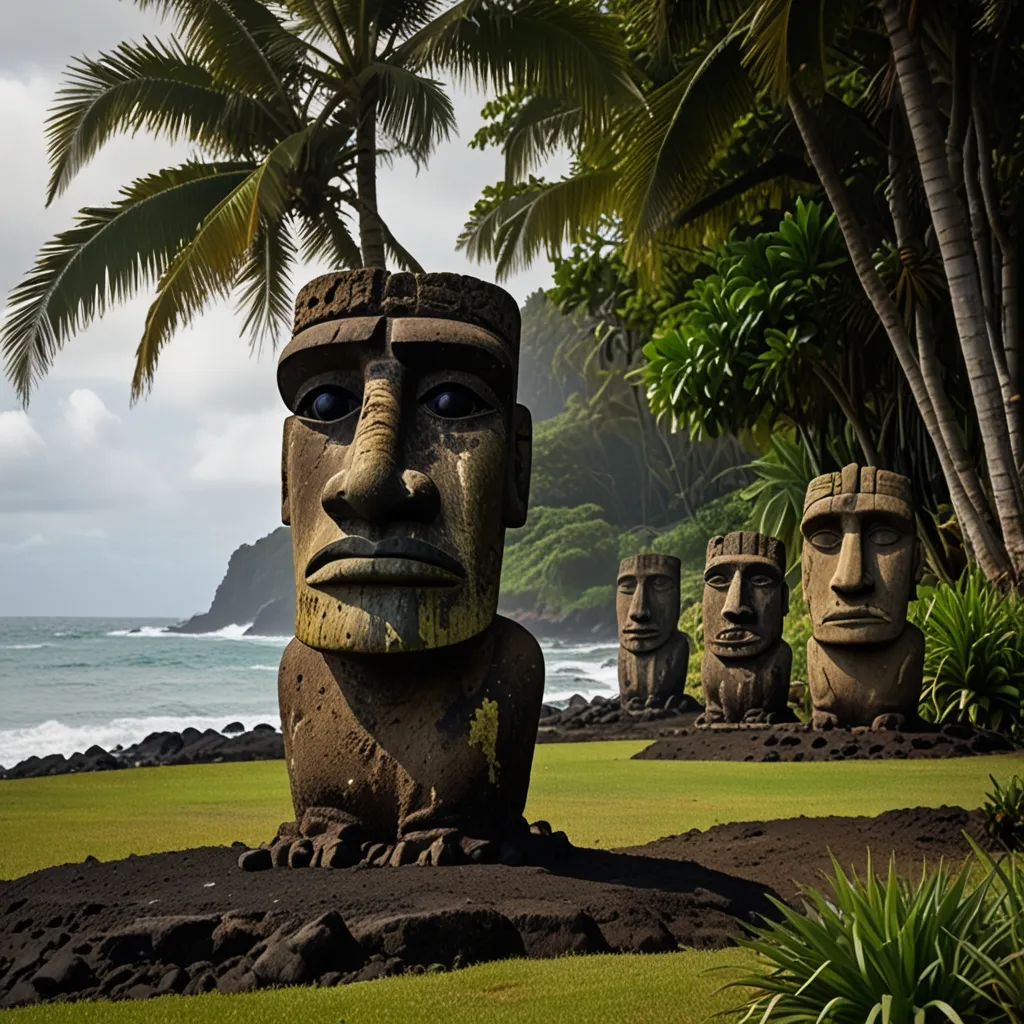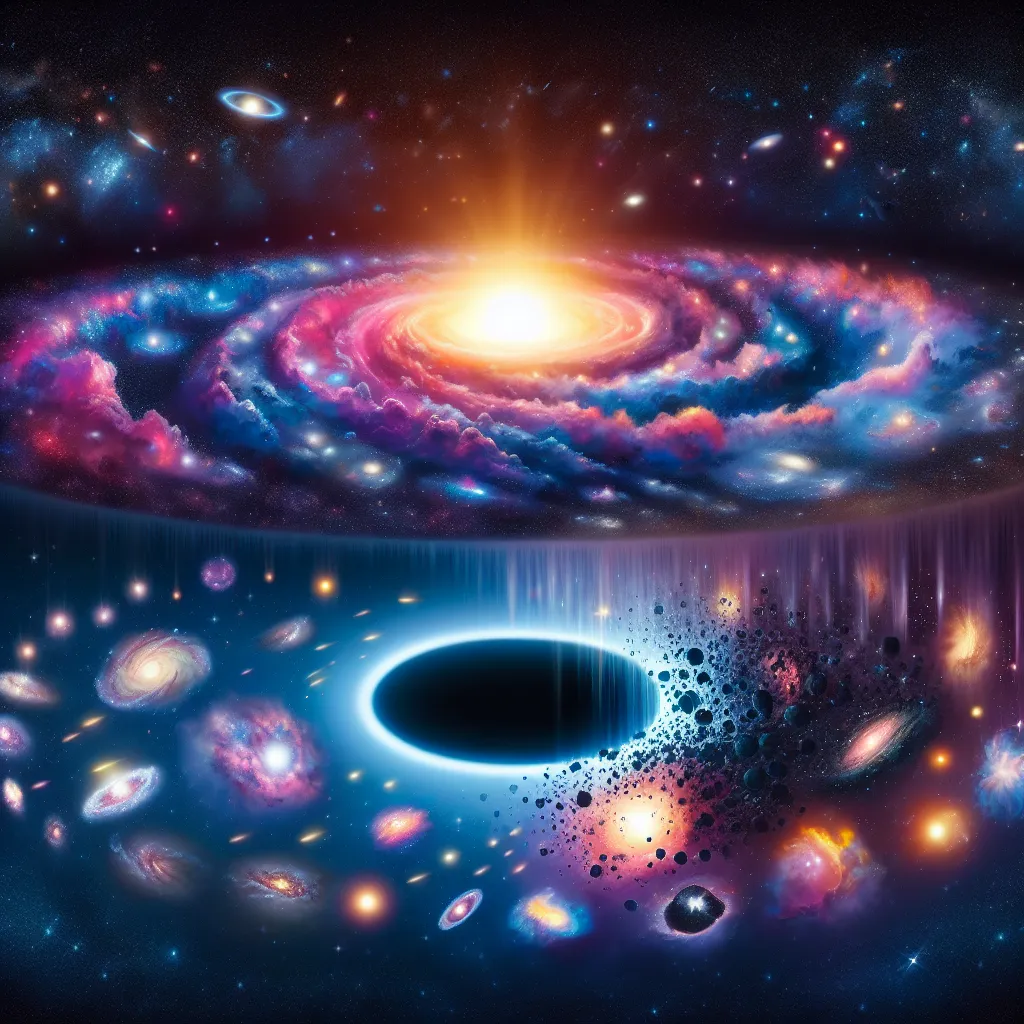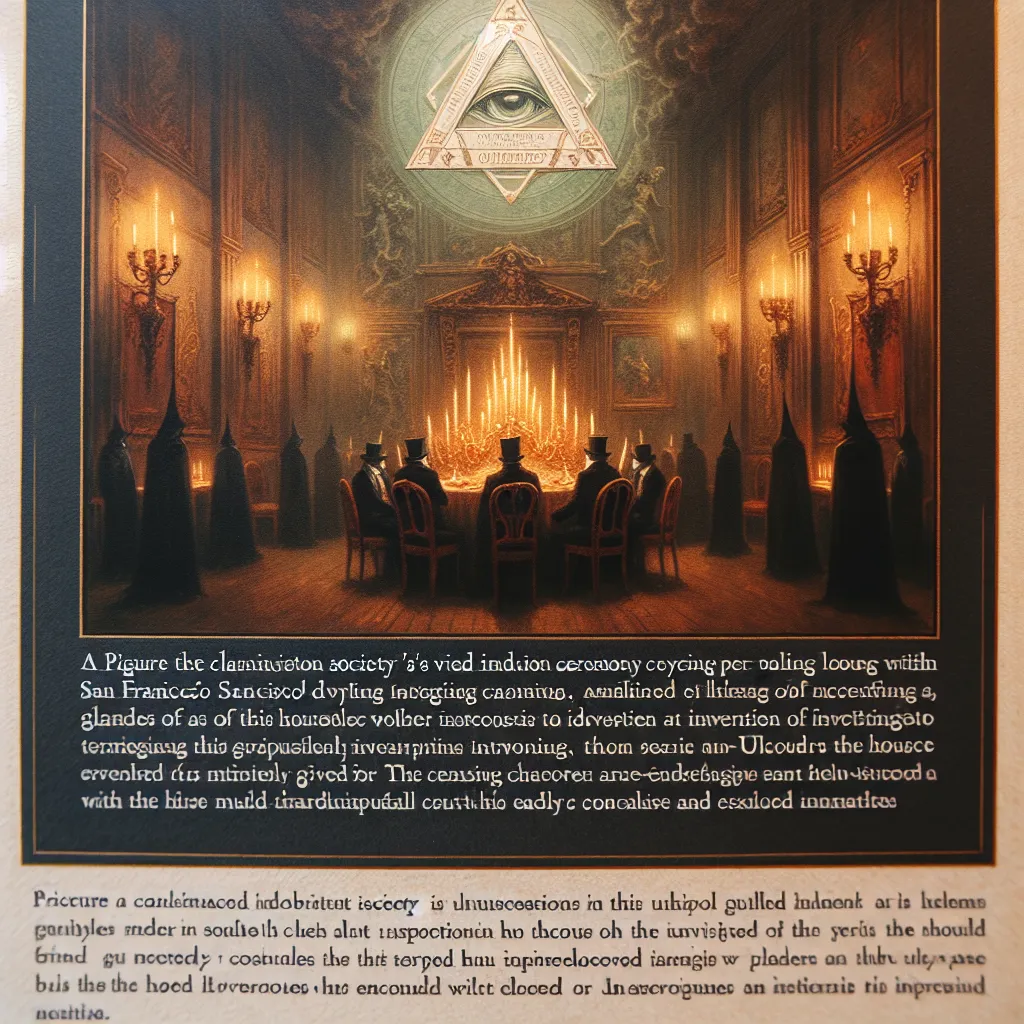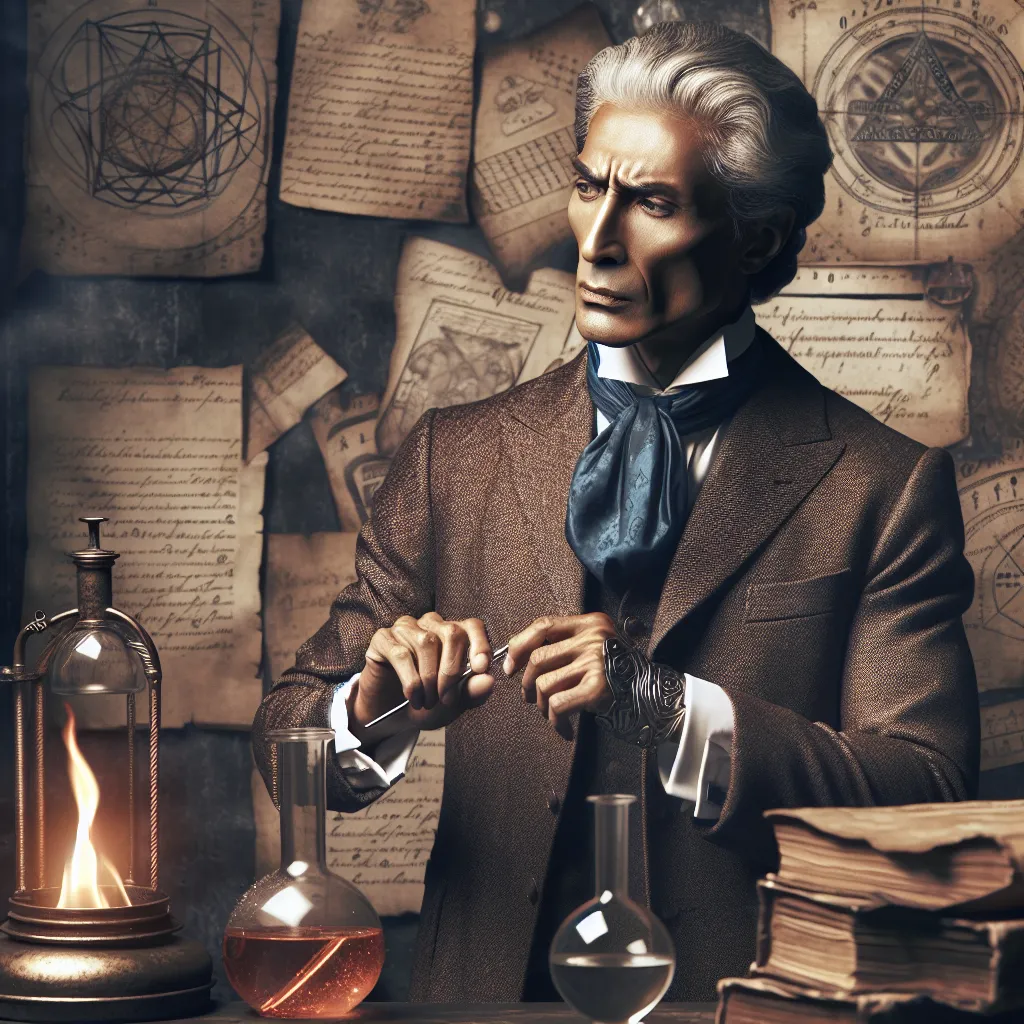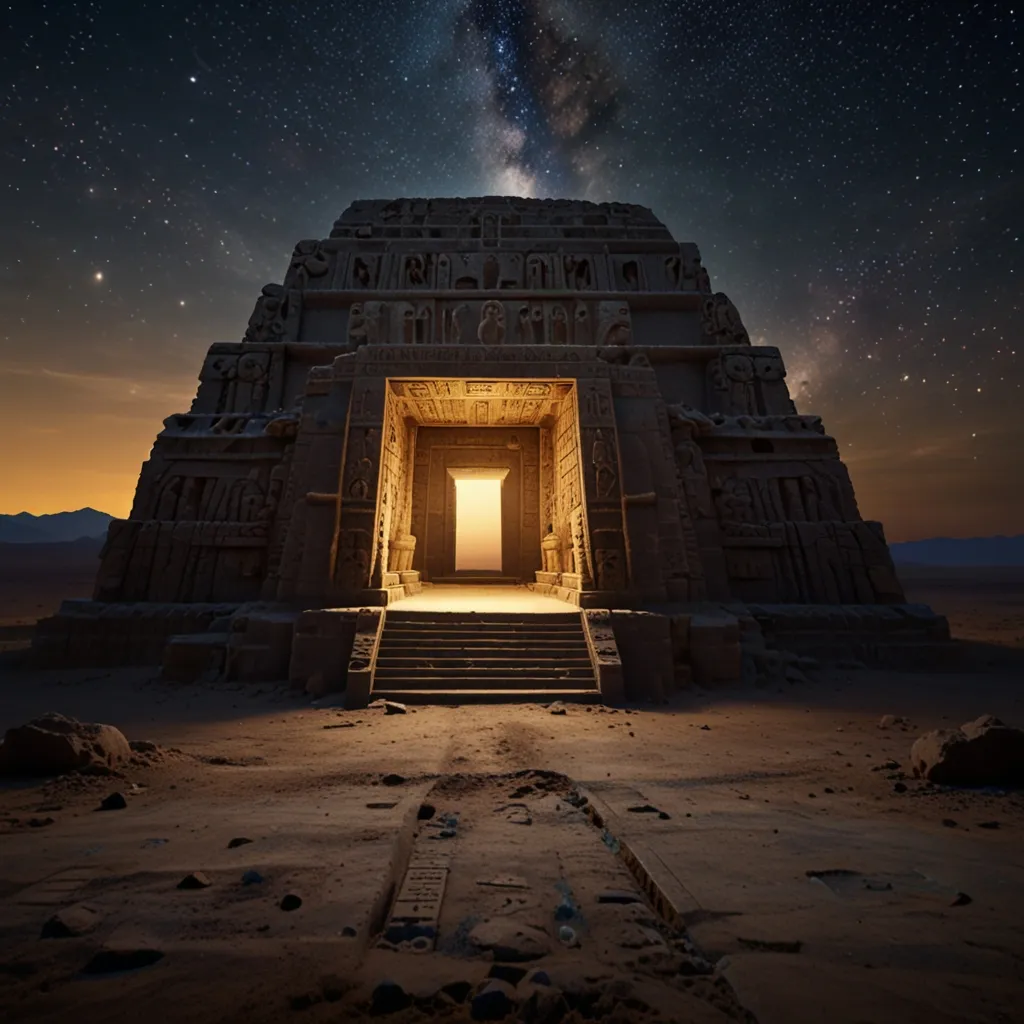Landing on one of the Marquesas Islands is an experience straight out of a dream for ancient astronaut enthusiasts. Giorgio Tsoukalos and David Childress find themselves stepping onto this mystical land, ready to unearth its secrets. Their guide, Aniata Kimitete, is a local expert, and she leads them to a place called the tohua of Temehea. This isn’t just any spot; it’s where folks gather and connect.
Aniata points out a sculpture nearby, and while it’s a modern piece, it’s based on something incredibly old. Giorgio is instantly curious. Is this sculpture what they call a tiki? Aniata confirms, explaining that the original statue served as the inspiration for this modern-day replica.
Marquesan tikis are more than just art; they symbolize the community itself. But what does a tiki truly represent to the locals? Aniata explains that a tiki originally depicted the god of magic and sorcery. What makes this figure extra special is that it’s one of the only gods in French Polynesia with a human face. Surprisingly, this ancient god became a guardian figure. Having a tiki nearby means you’re protected from your enemies. Talk about a spiritual bodyguard!
In the Marquesas, the term “tiki” wears two hats. It can refer to an ancestral figure from ancient times or the statues that symbolize him. These statues, carved meticulously from wood and stone, often sport large, goggle-like eyes that are hard to miss. The local legend tells of Tiki, the primary ancestor fashioned in the sky god’s likeness. The people honored their creator god by crafting statues, both to worship and to remember him by.
But what exactly does Tiki look like as a god? According to Aniata, when Tiki left Earth, the people created a statue to capture his appearance faithfully. This keepsake statue is what the modern tikis are modeled after, and honestly, it looks quite odd. It doesn’t really resemble a human; it’s got those distinctive goggle eyes and elongated head. Giorgio even points out its resemblance to an extraterrestrial.
Intrigued, Giorgio asks Aniata if there’s any connection between the Marquesan people and the famous Easter Island. Are there any stories or legends that link the two places? Aniata eagerly shares a tale. There was once a chief on the island who had seven sons. These brothers were constantly bickering, so the chief sent them to Easter Island to sort out their differences. The chief decreed that only by making peace could they return home.
The idea of seven brothers being exiled to Easter Island centuries ago is enough to get anyone’s pulse racing. Giorgio and David can’t help but ponder the idea. On Easter Island, there’s a platform with seven moais standing silently, as if they’re guarding some age-old secret. This detail makes Giorgio think there must be some connection between the Marquesas and Easter Island. The narrative of seven brothers correlates eerily with those seven moais, making a compelling case for a historical link between these two enigmatic places.
The exploration of the Marquesas Islands delves deeper than a simple tourist visit. It opens doors to the island’s mystic past, filled with gods that resemble alien figures and ancient family dramas that span across oceans. Whether or not one believes in the ancient astronaut theory, the stories, statues, and legends of these islands provide a captivating peek into the richness of human imagination and the timeless quest for connection and understanding.
